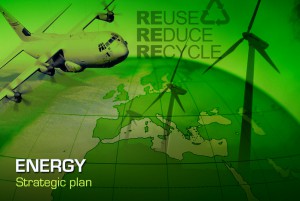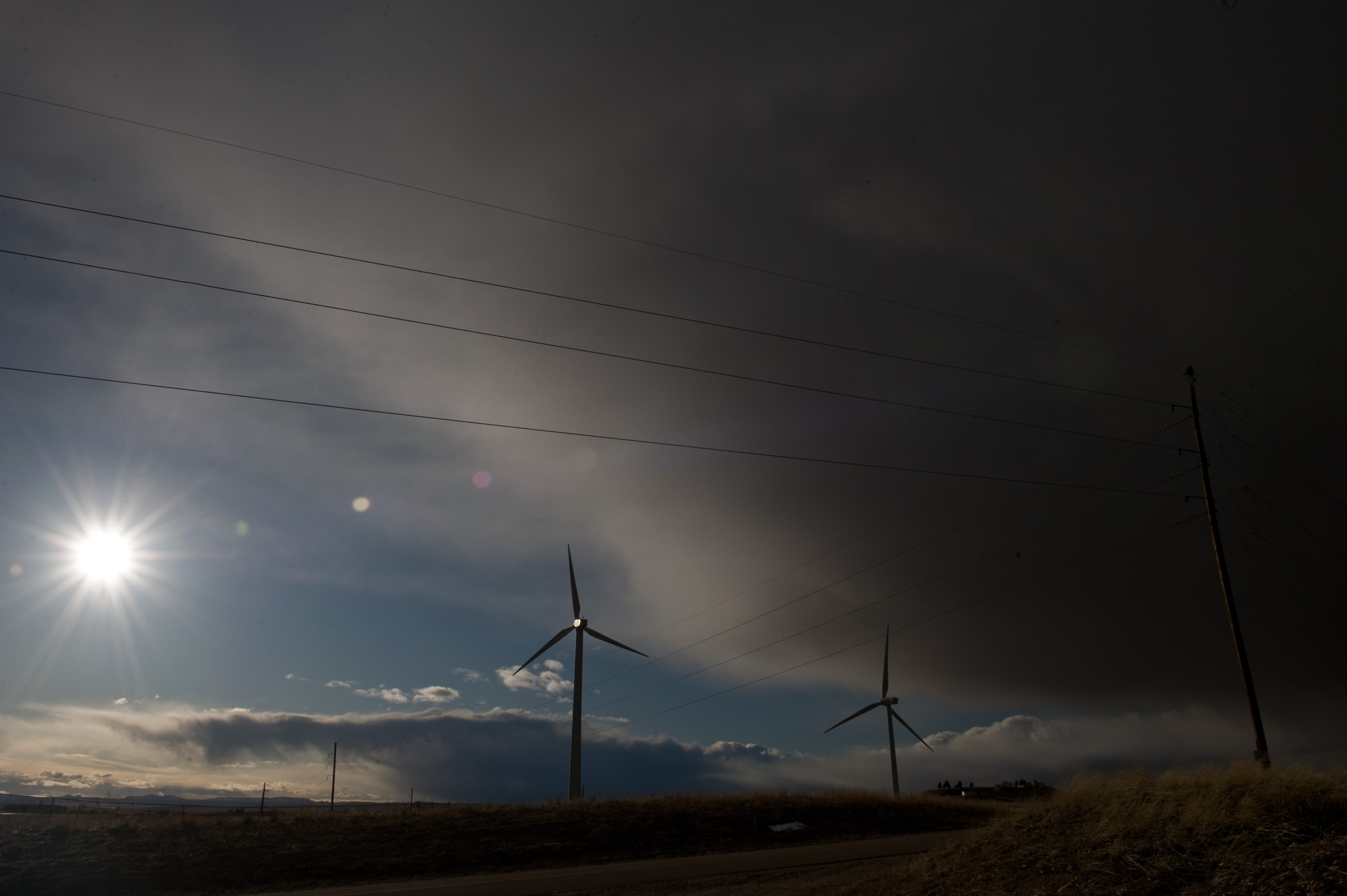
By Lt. Col. Patrick Suermann
Air Force Academy Civil and Environmental Engineering Department
“I am Air Force Energy” is more than just a catchphrase at the Air Force Academy. Those words, provided by Air Force Deputy Assistant Secretary for Energy Dr. Kevin Geiss as the theme for Energy Awareness Month, resonates at the Air Force Academy, whose faculty are innovating across the spectrum of academic departments to further educate and develop future leaders of character and advance energy technology.
After studying energy-related topics in two core courses, Chemistry 110 and Physics 110, cadets can take the science and technology energy systems core option or specialize in approximately 17 major’s courses from Economics to Engineering that deal with the importance of being informed energy consumers and engineers.
Dr. Darrell Pepper, a distinguished visiting professor from the University of Nevada-Las Vegas teaching in the Academy’s Engineering Mechanics Department, donated a 3-kilowatt wind turbine for study in the renewable energy course offered here. The turbine provides hands-on experience for cadets, Pepper said.
In time, Pepper said he expects the turbine will be moved outdoors so cadets can study it in a more realistic setting.
“This class, with its practical approach, will prepare our cadets to make energy-wise decisions when they are leaders in the Air Force,” said Dr. Mike Maixner, an instructor in the Engineering Mechanics Department. “The Defense Department will greatly benefit from energy-aware officers.”
Similarly, Dr. Karen Henry received a grant to install an energy foundation system and associated monitoring equipment in a lavatory facility recently constructed at the Field Engineering and Readiness Laboratory in Jacks Valley. The facility uses a geothermal approach to heating and cooling: Energy foundations combine with the structural supports for a building with a heat pump so that the foundations can be used as ground-source heat exchangers.
This provides a cost-efficient approach to conserve energy, reduce carbon emissions and reduce installation costs. Eventually, Henry will compare measured performance indicators, including construction and lifecycle costs, with those expected for conventional heating and cooling systems.
Lt. Col. Andrew Laffely, Maj. Brian Cooper and Al Mundy have established a renewable energy lab in the Electrical and Computer Engineering Department with support from the Office of the Secretary of Defense. The lab allows cadets to study the implementation of wind and solar energy. In the past four years, cadets have developed wind turbines, solar power systems and an electric vehicle. The team is currently integrating these technologies into a deployable vehicle system and modular microgrid that can operate without external fuel supply for the life of the battery system.
Col. Robert Kraus, the Academy’s chief scientist and director of research, and Dr. Randy Knize, the center director, highlight two projects at different levels of completion: cycloidal wave energy and silicon’s use in photovoltaic solar cells.
Academy researchers studied wave energy conversion using cycloidal turbines from September 2008 to August 2012. The project demonstrated advances in harnessing ocean waves and resulted in the foundation of a spinoff company, Atargis Energy Corporation. Atargis Energy obtained U.S. Energy Department funding to further advance their approach.
Knize also overseas Academy researchers conducting studies into black silicon. Silicon is the premier material for the conversion of solar energy directly into electrical energy. They are investigating a process that uses laser irradiation to increase silicon’s absorption, thus increasing energy conversion. Black silicon was invented at Harvard about 10 years ago; research shows it could improve the efficiency of solar cells. Knize’s research team showed that black silicon could be created with less expense using nanosecond lasers and possibly continuous-wave lasers.
The Defense Department is the largest federal energy consumer, and the Air Force is the largest energy consumer in the DOD. With this understanding, faculty members here will continue to do their part to think and act locally with research that will yield benefits globally.
Photo: Glass beakers and aluminum foil mark the beginning for different breeds of algae as part of the Life Sciences Research Center’s research into harvesting algae for biofuels. (U.S. Air Force photo by Bill Evans)









